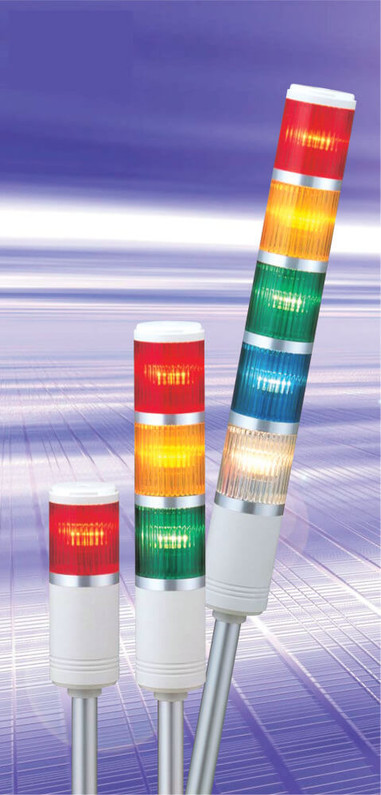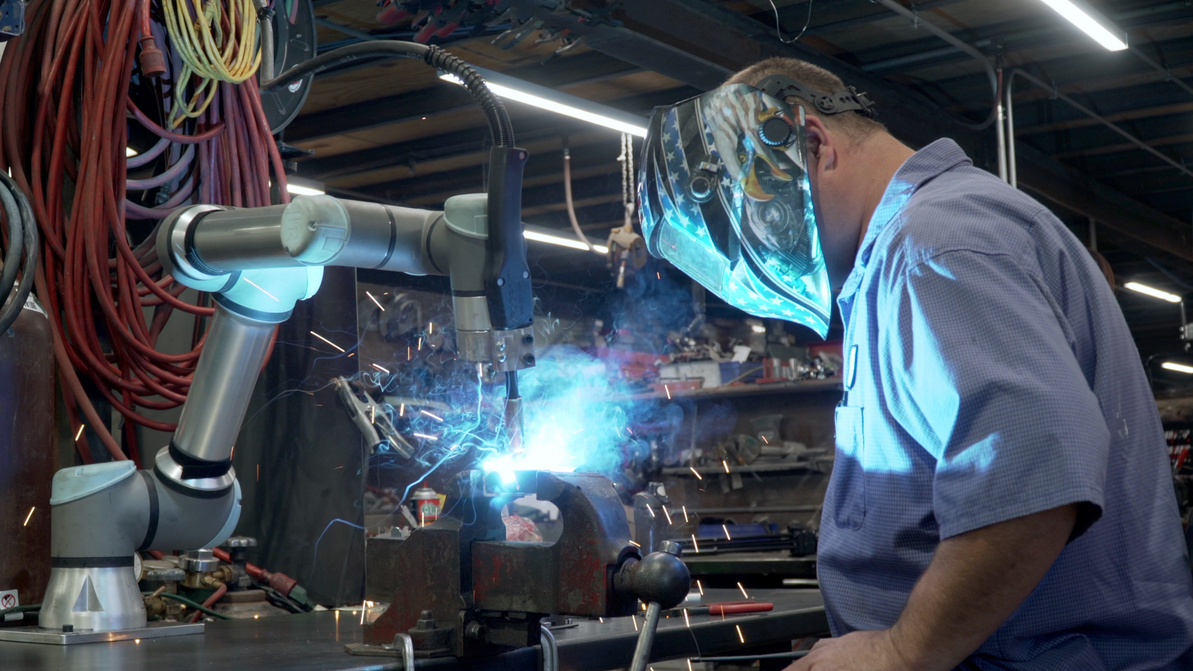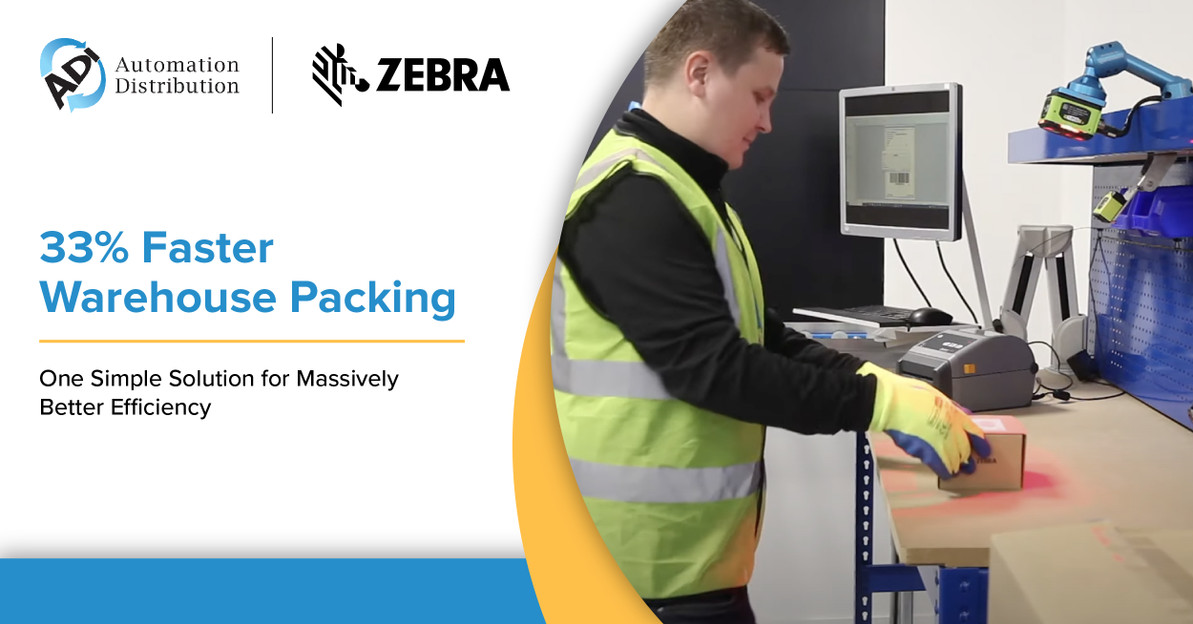The Power of Signal Towers
Signal towers serve as traffic lights for a factory's production flow. In many machines, these are the flashing lights that are ignored while they are green but cause action when they are amber or red. There are several alternatives available today, including variations in size, brightness, mounting, and housing. Signal towers are used to broadcast status updates, issue warnings of future issues, and signal issues that have already occurred. Their usage can improve uptime and, in certain situations, provide a workplace that is safer for machine workers.
Tower lights are a crucial kind of signal light utilized in several operations and sectors. These lights may be identified by their columnar design, which consists of several separate lights piled on top of one another. They frequently contain a music module and can have up to five distinct colored light segments, including red, green, yellow, blue, and white. These lights are also known as indication lights, signal tower lights, warning lights, stack lights, industrial signal lights, and light towers due to their stacking orientation, purposes, and designs. To avoid downtime, loss of production and revenue, streamlining the operation of stack lights can help staff address issues in a timely manner so nothing gets lost in the shuffle.
Modern industrial machines include user-friendly interfaces and sophisticated diagnostics that let operators know how the machine or event is progressing. These functions support operators in taking the appropriate action when it is needed. These characteristics do have certain restrictions on how far they may be seen, though. The operators frequently leave their work console for personal or professional reasons. They find it more challenging to gain access to the device and monitor the progress of the running procedure. The tower lights are quite handy here. A 360-degree view is provided by the various light modules that are stacked in towers and put over the machine. These lights tell floor staff, including operators, supervisors, technicians, and others, of the status of various components. These lights can occasionally additionally emit a buzzer sound or a strobe light signal to alert maintenance employees, forklift drivers, or other staff members to the state of the equipment or process.
The following characteristics of tower lights are typical:
Lighting Modules: A single stack of the tower lights may include one, two, or up to five modules. Referring to the roles of stack lights, the lighting modules come in hues including red, green, yellow, blue, and white and may be used with LED or incandescent bulbs. The three main types of module illumination for integrated lighting modules are:
- Flashing: The light in this module flashes continually.
- Continuous: The lights are always on in this module. The most popular module is this one.
- Rotation: In this module, the light revolves to draw the user's attention. The light is frequently coupled with a buzzer alert.
Sound Modules: The alarm buzzers built into the tower lights are typically in the 80db range. The alarm rhythms of these buzzers might be monotonous, bi-tonal, or intermittent.
Mounting: Another set of options are introduced during installation and mounting. Choose between ivory-white, silver, or black for the signal tower's non-illuminated base to best fit the color of the machine. The cheapest mounting option is immediately by the base, although this requires access from underneath for the cabling and bolts. The signal tower may be elevated for better visibility using pole installation. A conventional signal tower can be modified with a wall mounting bracket if wall installation is necessary. As an alternative, there are signal towers that mount directly onto a vertical surface and have a flat "back." Some types, like the Patlite LU5 (50mm) and LU7 (70mm), are constructed in a modular style so that colors may be removed and rearranged on site without modifying the wiring. This is useful in installations where there are several signal towers.
There are normally three different mounting base options: direct mount, wall mount, and pole mount.
- Direct mount bases don't require drilling, making installation simple.
- A 4-hole mounting design is used to connect wall mount bases to the panel.
- Pole mount bases are available with integrated wiring, ensuring simple and speedy wiring to the terminals and cutting down on installation time.
Tower lights have many colored lenses, each of which represents a typical condition of the machine or process environment. The system designer chose the purposes of these lights in response to machine/operator needs. Tower lights with buzzers are used in a variety of industrial settings nowadays because they aid in drawing an operator's attention while they are outside the tower light's viewing area. A PLC may be used to regulate the flash rate, which has two options: fast and slow. A common fast flash rate is 4Hz, whereas a sluggish flash rate is 2Hz.
Selecting the Right Tower Lights
When you are well-versed in the installation location, choosing the tower light for the facility is simple. Many establishments are required to place these lights in locations that may see considerable traffic from humans and movable vehicles like forklifts and bridge cranes. The tower light might not function as planned under these circumstances. Thus, it becomes crucial to take into account a number of elements before making a decision, including the choice of space, buzzer alarm, mounting alternatives, and so forth. The following are a few crucial elements that will assist users in choosing the appropriate gadget, whether they are working in a busy or sparsely populated environment.
Environment - Although the tower lights are made to withstand rough working conditions and strong traffic, it is crucial to take the following elements into account during the choosing phase:
- Temperature of the surrounding area
- Concentration of moisture
- Direct sunshine, heat, and dust exposure
- Exposure to other elements or substances
- Too much vibration
- Exposure to risky circumstances
- Excessive outdoor activity that might include any of the things described above
Material - Tower lights are offered in a range of materials and pricing points. The shell housings of certain high-quality light units are constructed of metal, while others are built of polycarbonate. The lights' polycarbonate composition gives them endurance and allows them to endure corrosion, shocks, and dampness. The quality of the light may be impacted by a number of variables, including luminous intensity, connection, and convenience of installation. Before making a final decision, it is crucial to take these aspects into account.
Size - It is challenging to quantify brightness and visibility since it relies on the position of the equipment and the intensity of surrounding light. The diameter of a signal tower can range from 25 to 100 mm, and clearly, the bigger the tower, the more visible it is from a distance. Towers for equipment and workstations used in offices will often be toward the lower end. Towers between 70 and 100 mm in diameter would presumably be used by machinery on a big industrial floor. The intricate pattern of the light modules aids visibility. Here, specialized manufacturer Patlite employs a hybrid prism-cut lens with a dual reflection technology. The majority of versions offer the choice of either constant illumination or flashing at a rate of around one per second, giving the best visual impact.
Illumination Sources - One of the following light sources can be used to illuminate tower lights:
LEDs - Due to its long lifespan of 60,000 hours or more, LED lights are used in the majority of modern signal towers. They also don't break down unexpectedly and consume around 90% less energy than incandescent lights. Colors can be piled up to five high. Typically, green denotes regular operation, amber a warning, and red a halt. Additionally, modules in white and blue may be added, for example, to denote waiting, loading, or off-loading. Customers can choose between supply voltages of 24V AC or DC, as well as 90 to 240V AC, depending on convenience and perhaps the added safety provided by the low voltage of 24V.
Xenon-type Strobes - These light sources provide full-spectrum white light for a split second. In vast workstations, xenon-type strobes with high efficacy offer good visibility. Strong signal light brightness that they create is helpful for long outdoor distances A xenon flasher typically lasts 20,000 hours.
Incandescent - Work locations that are exposed to other light sources or natural light are ideal for tower lights with incandescent lamps. Compared to LED-based tower lights, these bulbs need to be replaced often and are thought to be less energy efficient. In settings where they can experience frequent shocks and vibrations, these lights are not advised. Depending on the source voltage, incandescent lights typically last between 7,000 and 12,000 hours.
Appearance - Tower lights may significantly enhance the appearance of the machine even though they are normally installed on the top of assembly lines. Tower lights contribute to the creation of a sophisticated appearance that may amaze the spectator since they are immediately recognizable from a distance owing to their design. Therefore, it is crucial that OEMs choose these lights with consideration for the aesthetics of the machine.
Mechanical Ratings - Tower lights should have mechanical ratings checked to guarantee that they will function under normal circumstances like vibrations, shocks, and bumps.
Assembly - Tower lights are offered as completely constructed or modular components. The different components of these lights, such as a pole, a base, a buzzer, and lighting modules, are often sold by manufacturers. Pre-assembled components are typically sold as single catalog number products, which lowers the headaches associated with installation and boosts floor productivity.
Environmental Protection - Gaskets that are part of the light modules aid in forming a tight seal between them. Being rated for Types 1, 2, 3, 3R, 4, 4X, 12, 13, and IP65 is crucial for the assembly. All of these ratings guarantee adequate ingress protection in indoor and outdoor settings.
Electrical Requirements - When selecting these lights, some crucial electrical specifications to look at include:
- DC Voltage Rating: This is the maximum DC voltage rating for the light.
- AC Voltage Rating: This is the maximum AC voltage rating for the light.
- Power Rating: It is the maximum power rating for the light.
- Flashing Rate: This is the rate of the product flash. The flashing rate is only applicable to flashing tower lights, not the continuous tower lights.
- Most manufacturers provide tower lights that are suitable for use in 12VDC, 24VDC, 120VAC, and 240VAC applications.
Accessories - Light bases, light modules, and sound modules are a few of the accessories that are utilized with tower lights. Tower lights' performance is directly impacted by its accessories, thus it is crucial to make an investment in high-quality ones.
Safety Approvals - These lights often have third party certification clearances due to their use in industrial contexts. Here are a few typical safety approvals:
- UL Recognized Mark: These components may be incomplete or restricted in use.
- UL Listing Mark: This mark suggests that the product complies with the safety requirements of Underwriters Laboratories Inc. (UL).
- CSA Mark: This mark suggests that the product complies with the safety requirements of the Canadian Standards Association (CSA).
Controls - Various mechanisms, such, are used to control the signal tower lights.
- Programmable Logic Controllers (PLC)
- Distributed Control Systems
- PC Control Systems
- Hardwired Machine Controls (relays, push buttons, auxiliary contacts, etc.)
Wiring/Connectors - Tower lights come with a variety of wiring options, including integrated wiring, jacketed multi-color cables, and flying leads. The wiring is incorporated, which simplifies installation. However, industrial connections are included with jacketed multi-color cables. Additionally, some tower lights come with integrated communication networks like DeviceNet or Modbus.
When it comes to determining the state of a machine or process, tower lights offer an edge. To notify staff of a machine's status or a problem, these lights are positioned on top of the machine and are visible from across the shop floor. Tower lights, despite their seeming simplicity, continue to be an important part of automation and machine installations all over the world. Important considerations, including the tower light environment, component materials, installation site, and other criteria, should be kept in mind while choosing and installing tower lights. Contact us today to learn more about the ways signal towers can make your floor more efficient.
Sources: https://www.controldesign.com/displays/stack-lights/article/21545583/how-to-avoid-information-overload-with-stack-lights?utm_source=CDES+eNewsletter&utm_medium=email&utm_campaign=CPS230113030&o_eid=1178C6726701C2F&rdx.ident[pull]=omeda|1178C6726701C2F&oly_enc_id=1178C6726701C2F; https://www.c3controls.com/white-paper/selecting-installing-tower-lights; https://engineering-update.co.uk/2014/07/30/choosing-signal-towers-traffic-lights-machinery/
Recent Posts
-
Using Scan Tunnels to Track, Sort and Route Warehouse Packages
If you’re using conveyor lines to move products, packages and shipments through your warehouse, the …Apr 17th 2024 -
Embracing Collaboration: How Universal Robots Transformed DeAngelo Marine Exhaust
When the welding robots made their debut at DeAngelo Marine Exhaust, there was a mix of excitem …Apr 11th 2024 -
How to Speed Up Your Warehouse Packing by 33% with Machine Vision
Packing benches are some of the busiest areas of most warehouses, with thousands of items to pack i …Apr 4th 2024




